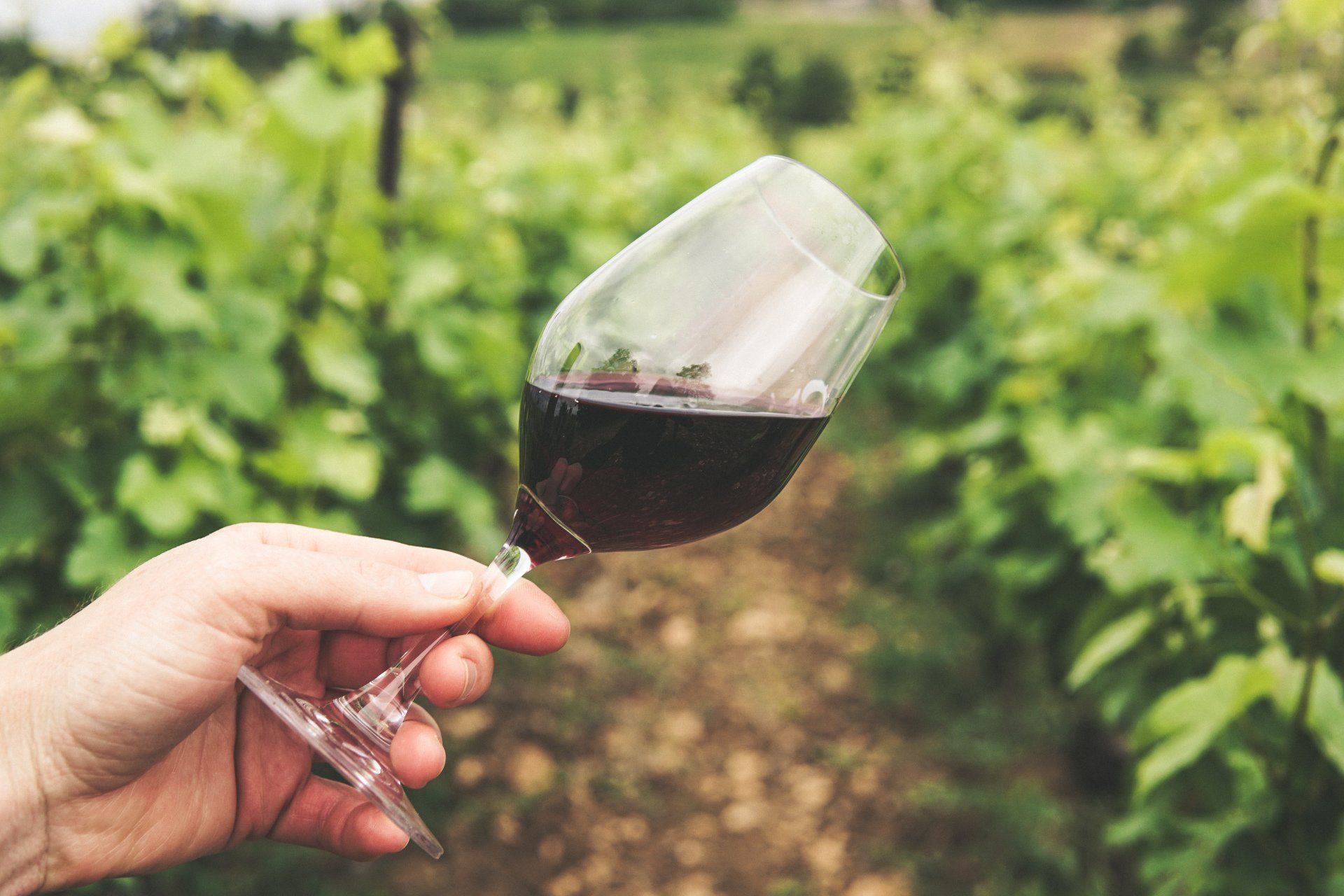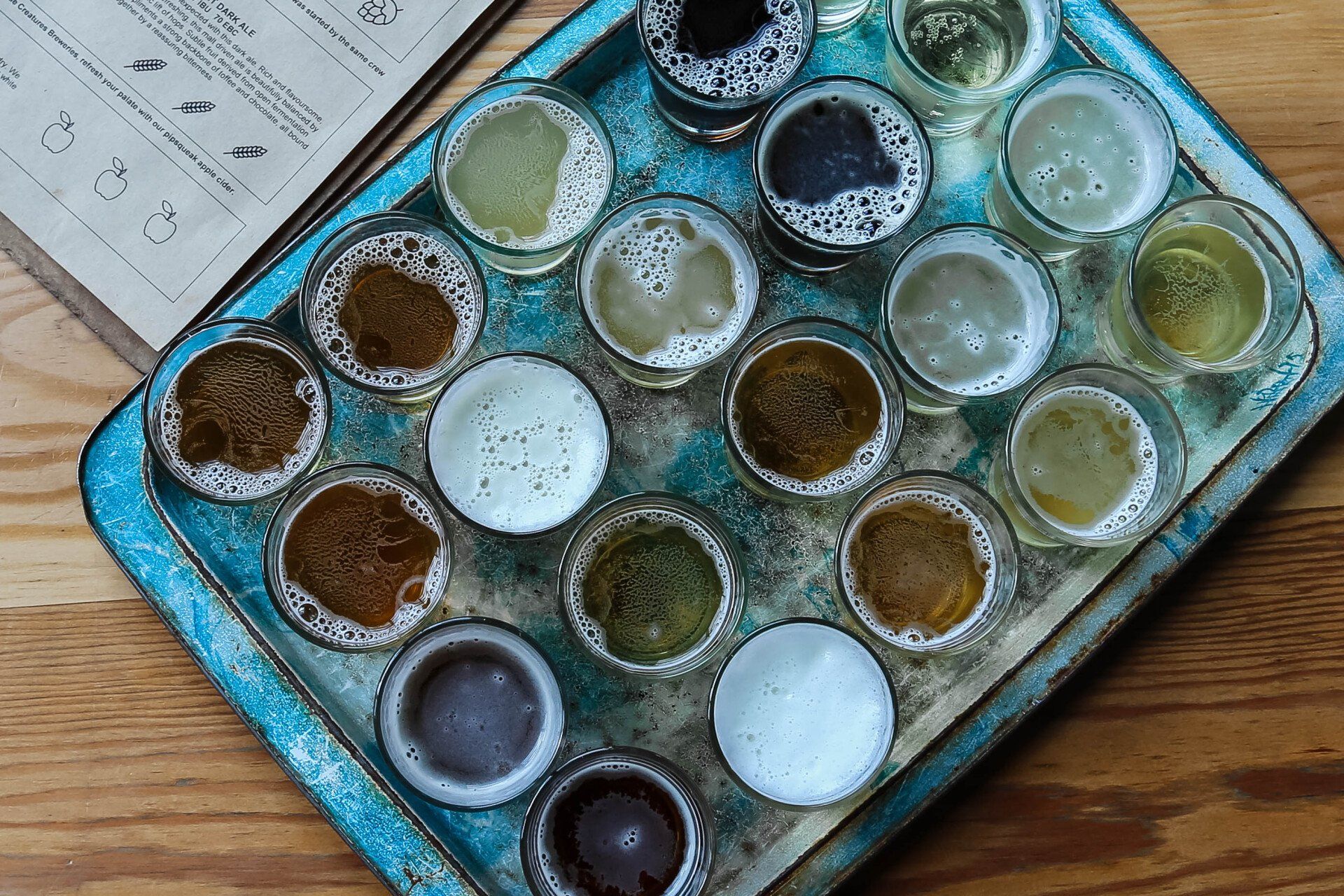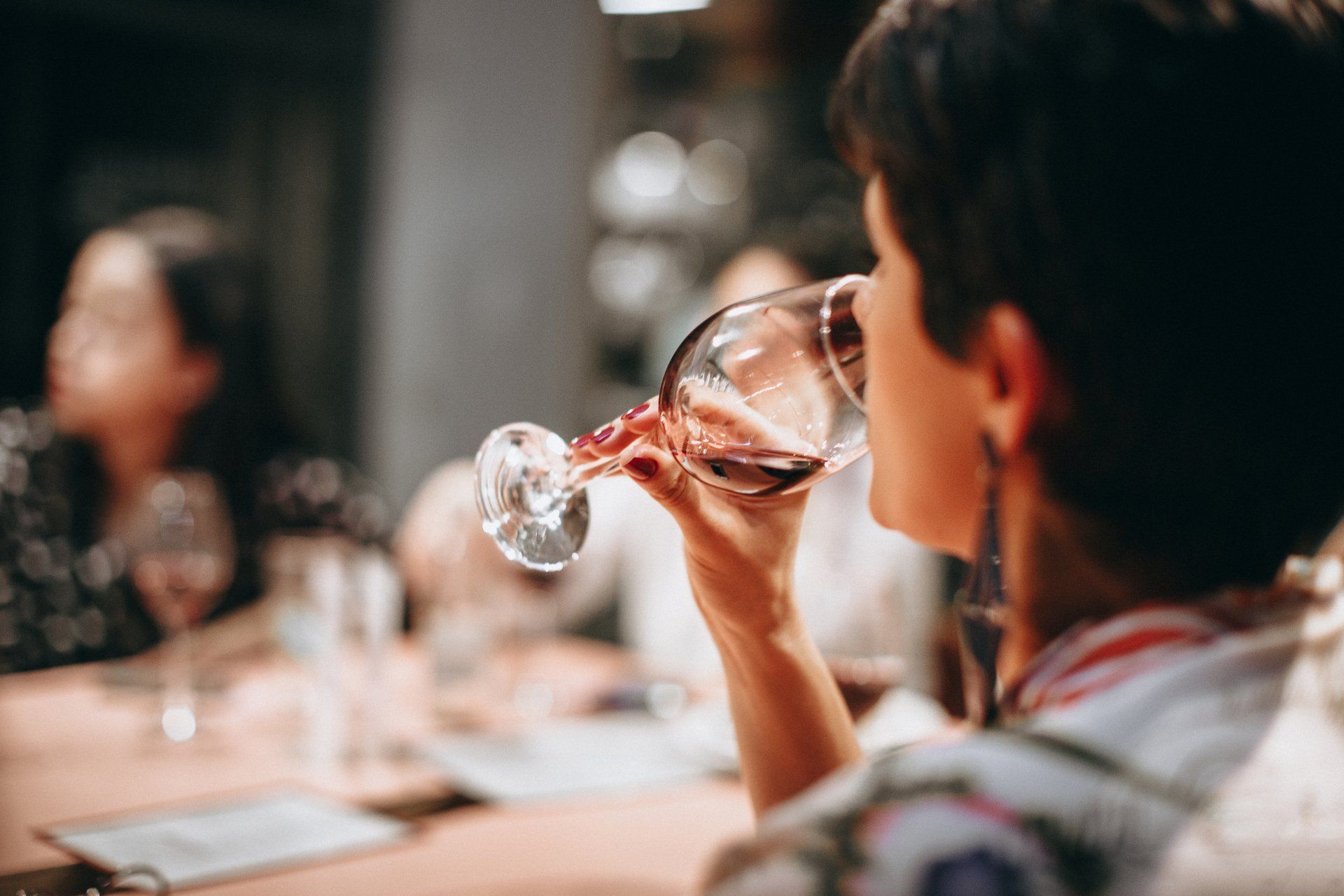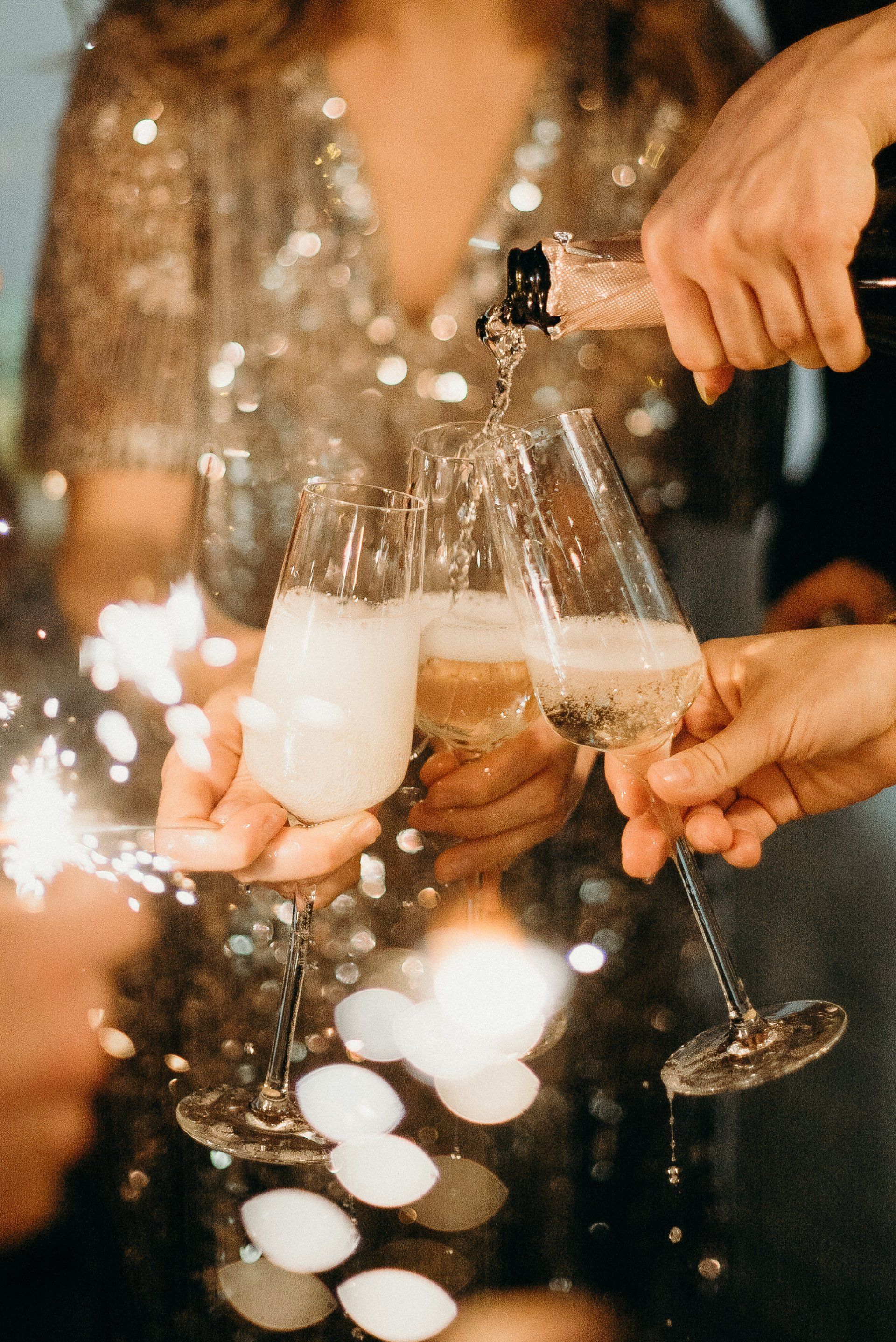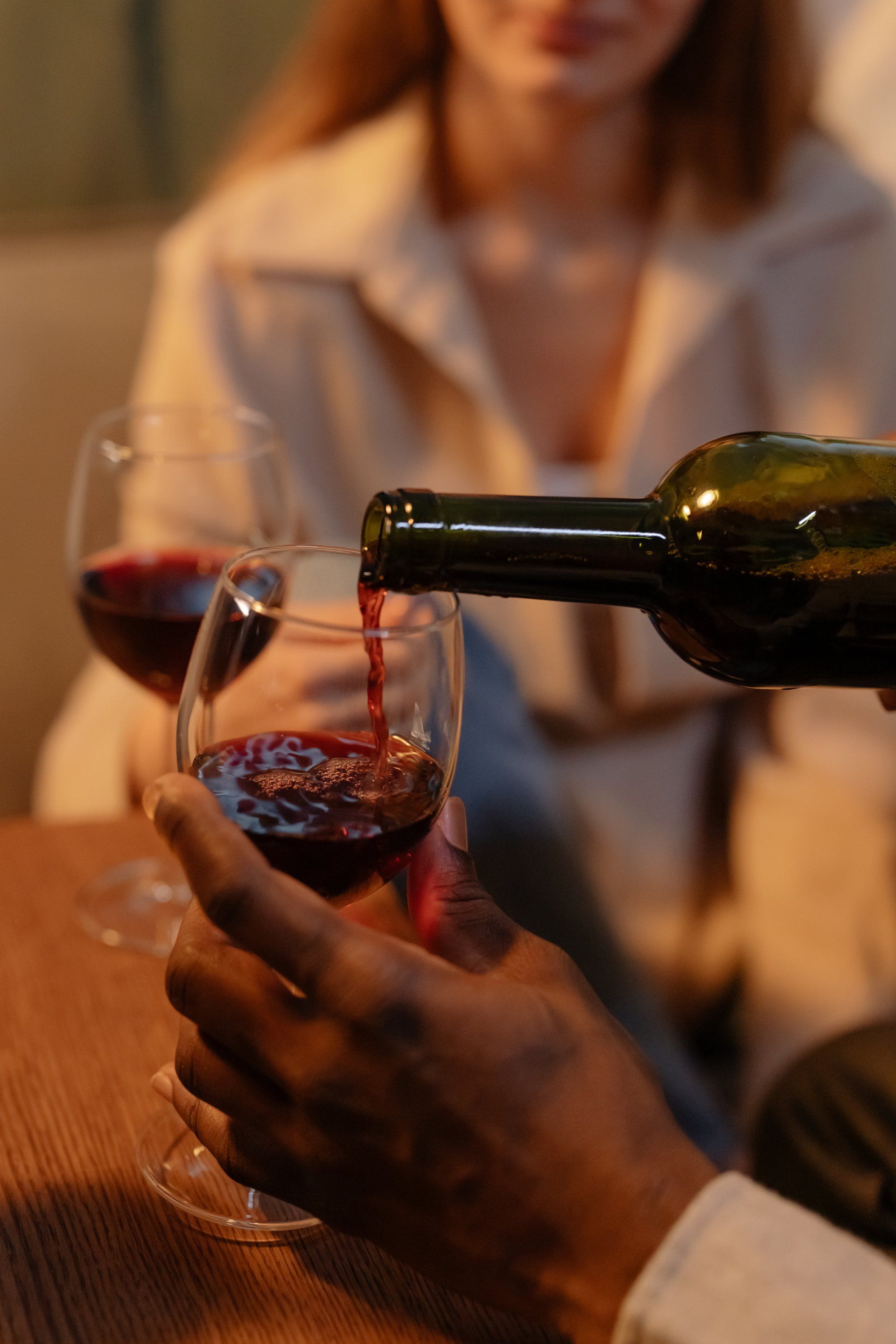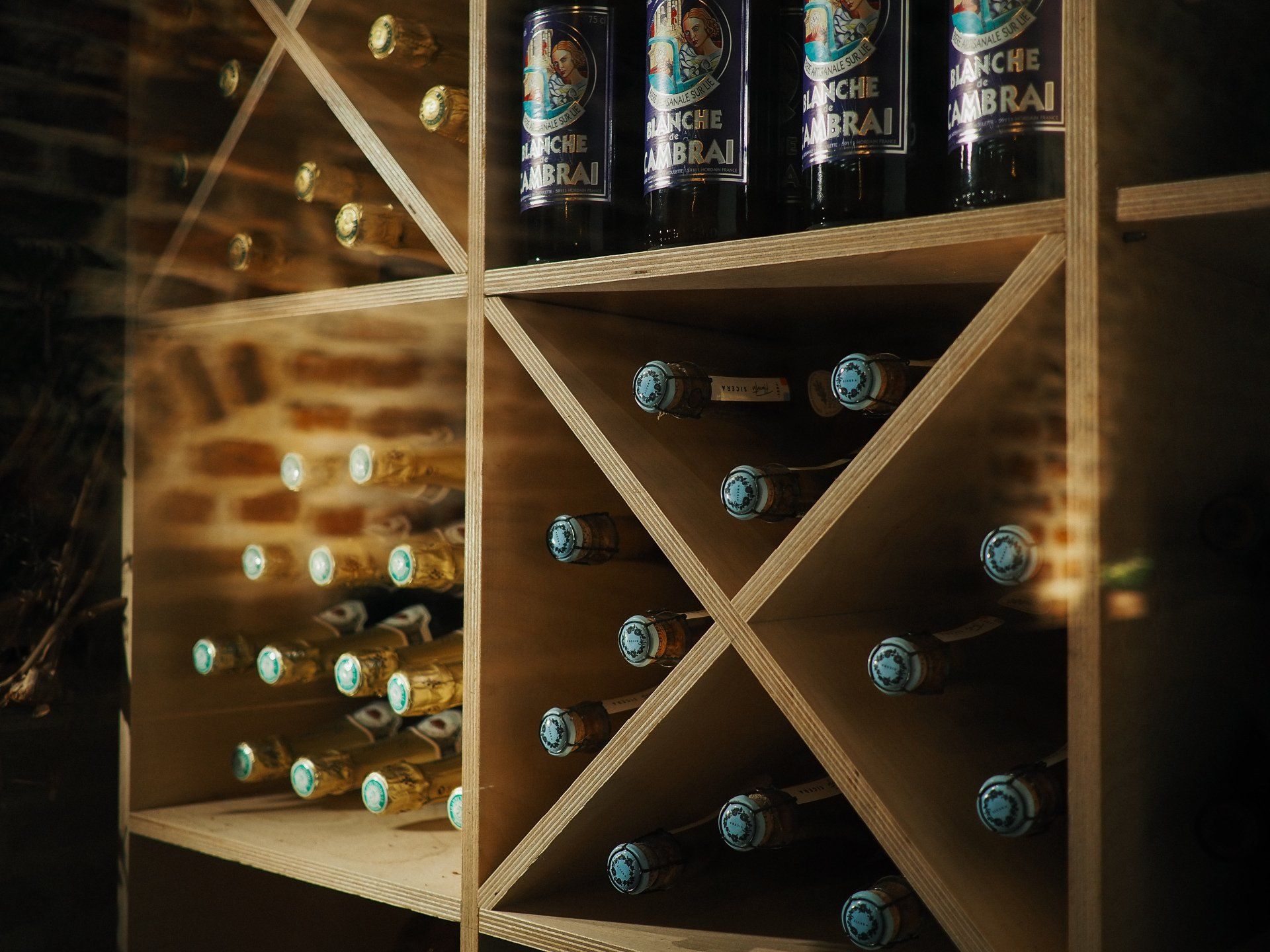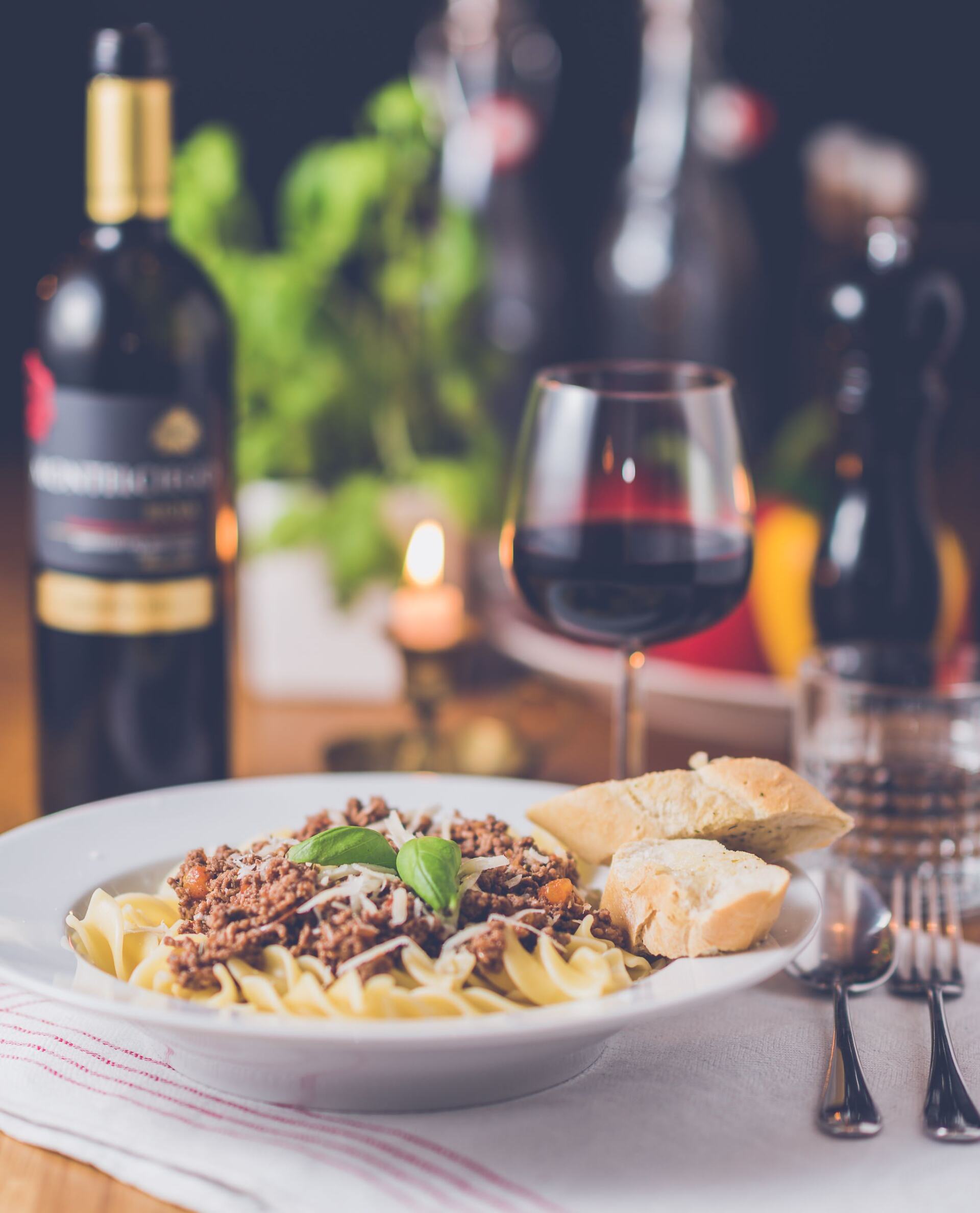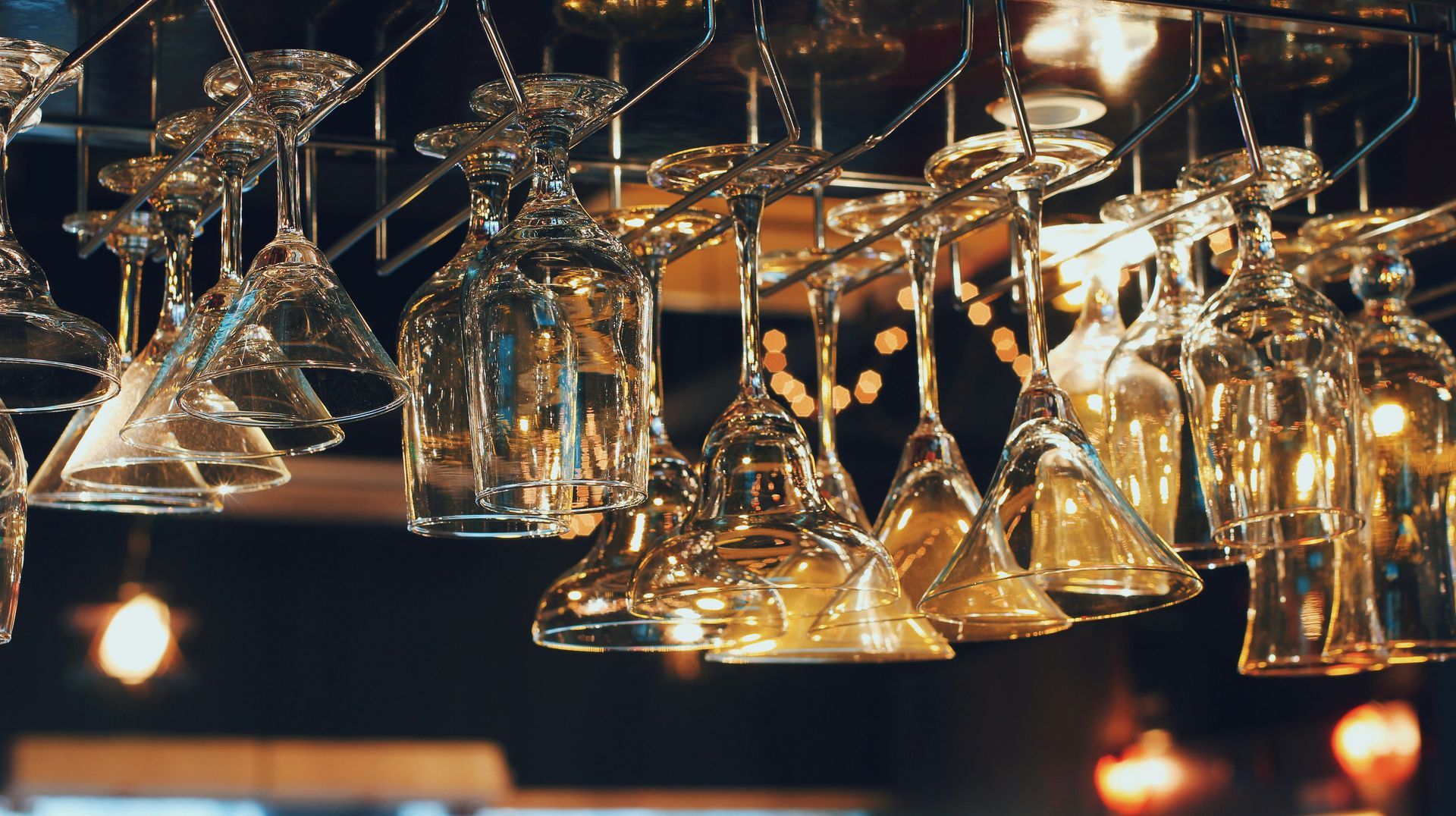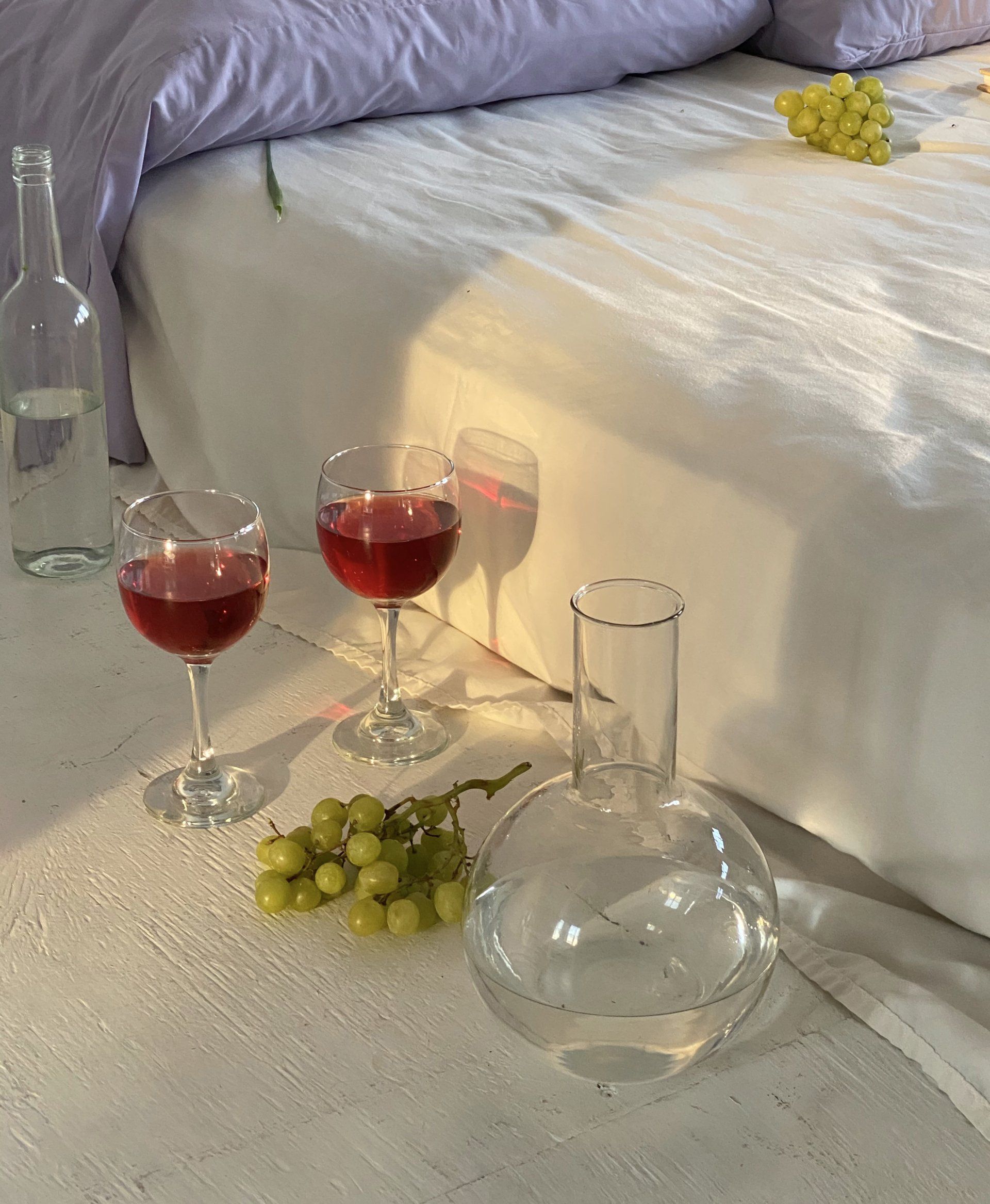When attending a wine tasting, it is important to dress appropriately to create a comfortable and respectful atmosphere. Dressing appropriately for a wine tasting demonstrates your understanding of the event's etiquette and your respect for the hosts and fellow attendees. While there is no strict dress code for wine tastings, it is always better to err on the side of caution and opt for a more formal attire.

A Beginner's Guide to Wine Tasting Etiquette

Key Takeaways
- Tipping the sommelier or server is customary at wine tastings
- Taking notes helps remember characteristics of each wine
- Dress appropriately to create a comfortable atmosphere
- Clear, stemware glasses with a tulip-shaped bowl are ideal for appreciating wine
Did you know that there is more to wine tasting than simply sipping and nodding in approval? Whether you're a wine enthusiast or just starting to explore the world of wine, understanding the nuances of wine tasting etiquette can greatly enhance your experience. From knowing how to dress appropriately to mastering the art of wine pouring, there is a whole world of etiquette to navigate. So, if you want to make the most out of your next wine tasting adventure, grab a glass and join us as we uncover the secrets to navigating the world of wine tasting etiquette.
Understanding Wine Tasting Basics
To truly appreciate the nuances of wine and become a connoisseur, it is essential to understand the basics of wine tasting. When attending a wine tasting, it is customary to tip the sommelier or server, as they are providing a service and sharing their expertise. While it is not mandatory, tipping is a thoughtful gesture that shows appreciation for their guidance and recommendations throughout the tasting.
One key aspect of wine tasting is taking notes. As you sample different wines, it is important to jot down your impressions. These tasting notes can help you remember the characteristics of each wine, such as the aroma, flavor profile, and texture. They serve as a valuable reference for future wine selections and allow you to track your preferences and discoveries.
It is worth mentioning that wine is often considered an acquired taste. The complexity and subtleties can take time to understand and appreciate fully. With each sip, your palate becomes more attuned to the various flavors and textures that different wines offer. So, don't be discouraged if you don't immediately fall in love with every wine you taste. Give yourself time to explore and develop your palate.
Dressing Appropriately for Wine Tasting
| For Men | For Women |
|---|---|
| a smart casual outfit is ideal. A well-fitted shirt paired with tailored trousers or chinos is a safe choice. You could also consider wearing a blazer to add a touch of sophistication. Avoid jeans, t-shirts, and sneakers, as they tend to be too casual for the occasion. | a stylish and elegant outfit is recommended. A knee-length dress or a blouse paired with a skirt or tailored pants would be appropriate. Opt for closed-toe shoes or dressy flats instead of high heels, as you may be walking around during the tasting. |
Proper Glassware and Wine Pouring Techniques
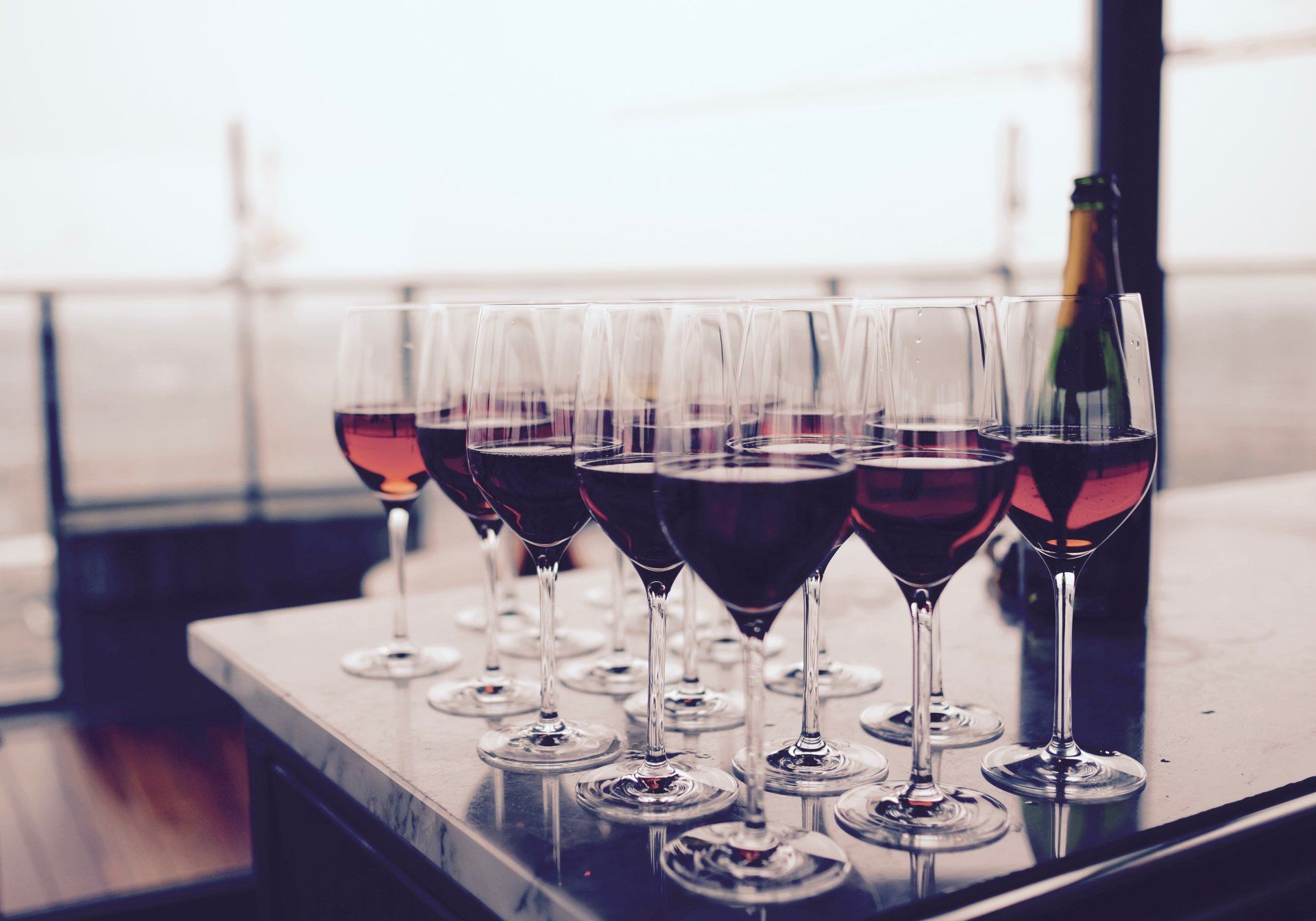
Now that you have dressed appropriately for the wine tasting, let's explore the importance of using proper glassware and mastering wine pouring techniques. Paying attention to these details will not only enhance the experience for your guests but also showcase your knowledge and dedication to serving them.
Using the right glassware can significantly impact the way a wine tastes and smells. Opt for clear, stemware glasses that allow you to appreciate the wine's color and clarity. The tulip-shaped bowl is ideal as it helps concentrate the aromas towards the nose, enhancing the wine's bouquet. Additionally, holding the glass by the stem prevents the warmth of your hand from affecting the wine's temperature.
When it comes to pouring wine, precision is key. Begin by holding the bottle at the base, ensuring the label is facing your guests. Gently tilt the glass at a slight angle and pour slowly, allowing the wine to cascade down the side of the glass. Fill the glass up to one-third or halfway, leaving enough room for swirling and aeration.
Remember to pour in moderation, as it is better to offer smaller pours to allow your guests to appreciate each wine without overwhelming their senses. By employing these proper glassware and wine pouring techniques, you will elevate the wine tasting experience and demonstrate your commitment to offering impeccable service.
Navigating Wine Tasting Terminology
Understanding the intricacies of wine tasting terminology is essential for fully appreciating and discussing the nuances of different wines. As you embark on your journey of becoming a connoisseur, familiarize yourself with the following key terms:
| Wine Tasting Terminoogy | What is it? |
|---|---|
| Tannins | These are compounds found in grape skins, seeds, and stems that contribute to the structure and mouthfeel of a wine. They can be described as astringent, velvety, or grippy, depending on their intensity. |
| Balance | A wine has balance when its elements are harmonious and no single element dominates. BITE: A marked degree of acidity or tannin. |
| Acidity | The level of acidity in a wine affects its freshness and liveliness. It can be described as crisp, zesty, or bright, and is often compared to the tartness of citrus fruits. |
| Body | This refers to the weight and texture of a wine in your mouth. Wines can be light-bodied, medium-bodied, or full-bodied, which affects their overall intensity and richness. |
| Finish | The finish is the lingering taste and sensation that remains in your mouth after swallowing the wine. It can be described as short, medium, or long, and is an indicator of quality. |
| Aromas | The aromas in a wine are the various scents that you can detect when you smell it. These can range from fruity and floral to earthy, spicy, or oaky. |
| Legs or Stems | Wine legs, also sometimes called 'wine tears' and 'cathedral arches' are droplets that form on the inside of a glass after you've swirled and liquid resettles to the bottom. |
| Dry | The opposite of sweet. (Also called "brut" in French.) If you're looking for sweet wine, avoid dry wine. |
Tips for Tipping and Showing Appreciation

As you become more knowledgeable about wine tasting terminology, it is important to also understand the etiquette surrounding tipping and showing appreciation during your wine tasting experience. Tipping is a customary way to express gratitude for exceptional service and should be done in cash. It is customary to tip your wine server 15-20% of the total bill, just as you would at a restaurant. However, it is important to note that some wineries may have a no-tipping policy, so it is always a good idea to inquire beforehand.
In addition to tipping, there are other ways to show appreciation during a wine tasting. One way is to express your gratitude verbally by thanking your server for their knowledge and assistance. This not only shows your appreciation but also allows the server to know that they have done a good job. Another way to show appreciation is to purchase a bottle of wine from the winery. This not only supports the winery but also serves as a lasting reminder of your wonderful experience. Lastly, be sure to write a positive review or recommend the winery to others. This not only helps the winery gain exposure but also shows your appreciation for their exceptional service. By following these tips, you can ensure that your wine tasting experience is not only enjoyable but also respectful of the hard work and dedication of the staff.
Frequently Asked Questions
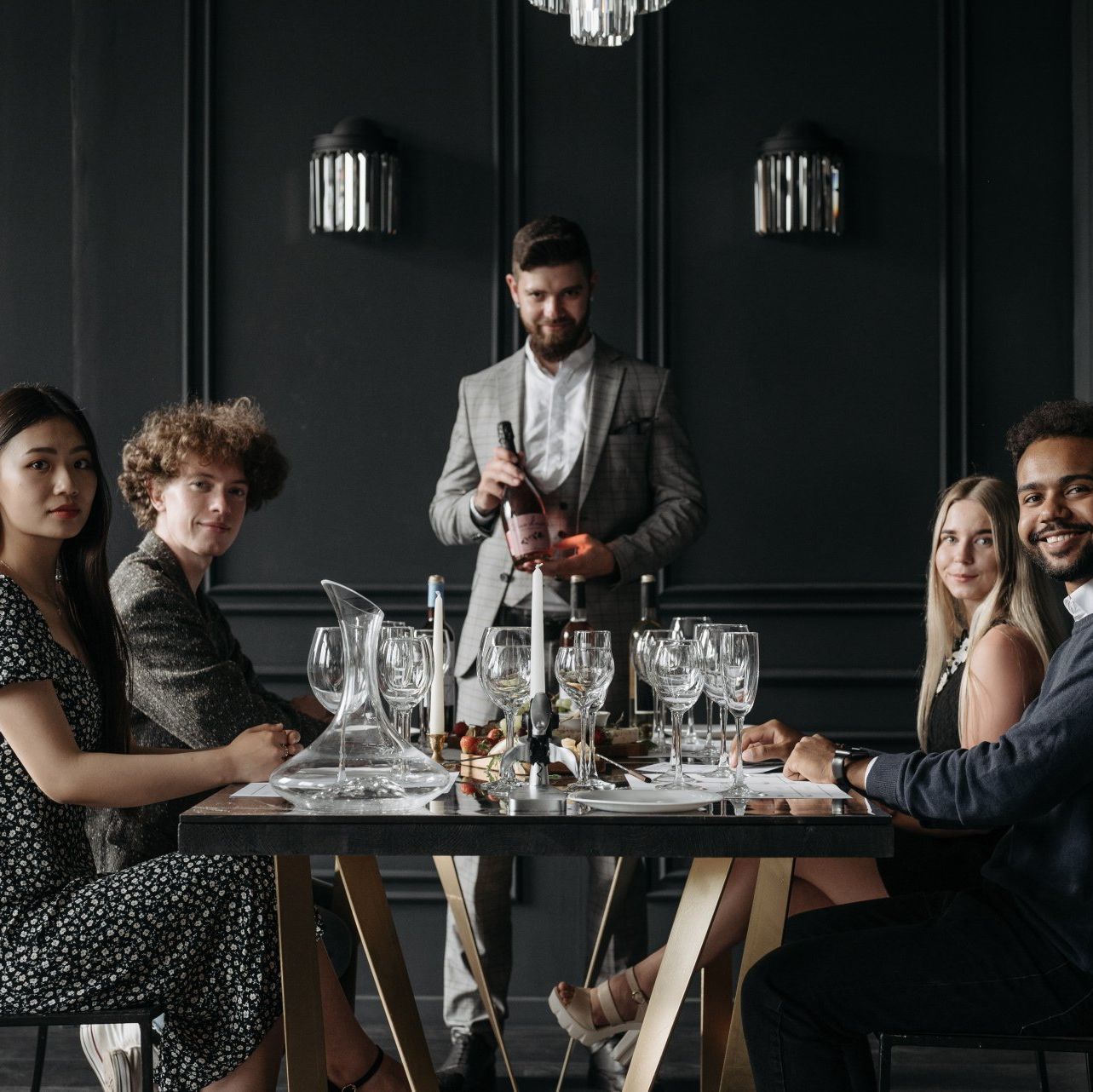
The Wine and Wander Tours Team
Our team of writers at Wine & Wander Tours is deeply immersed in the vibrant wine culture of North Georgia. With a passion for storytelling and a keen eye for detail, we bring to life the exquisite experiences of wine touring in this picturesque region.
Our narratives not only guide you through the scenic vineyards and exquisite wineries but also share the rich history, unique winemaking processes, and personal stories behind each glass. Join us in exploring the hidden gems and unforgettable adventures that North Georgia's wine country has to offer.
